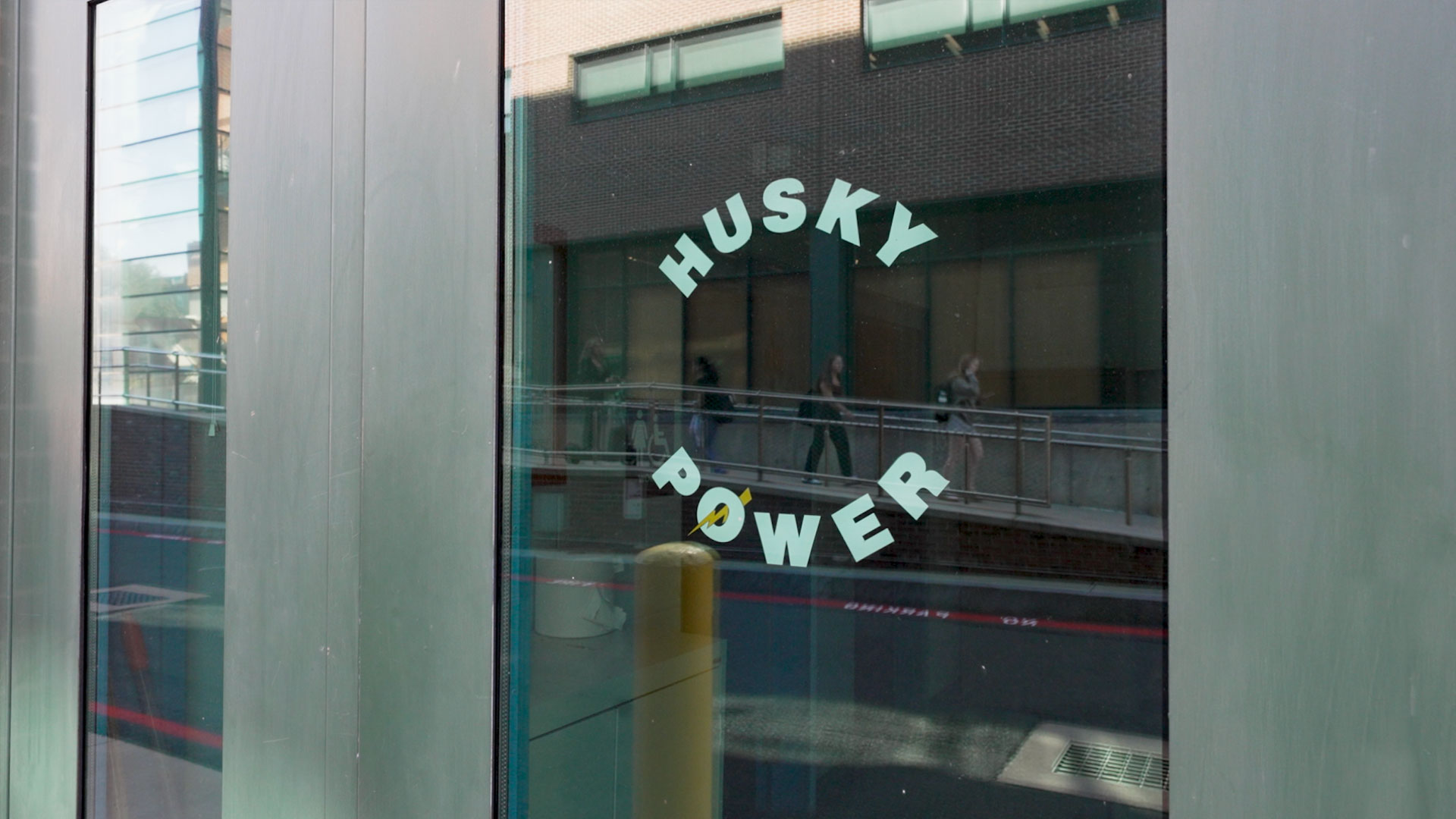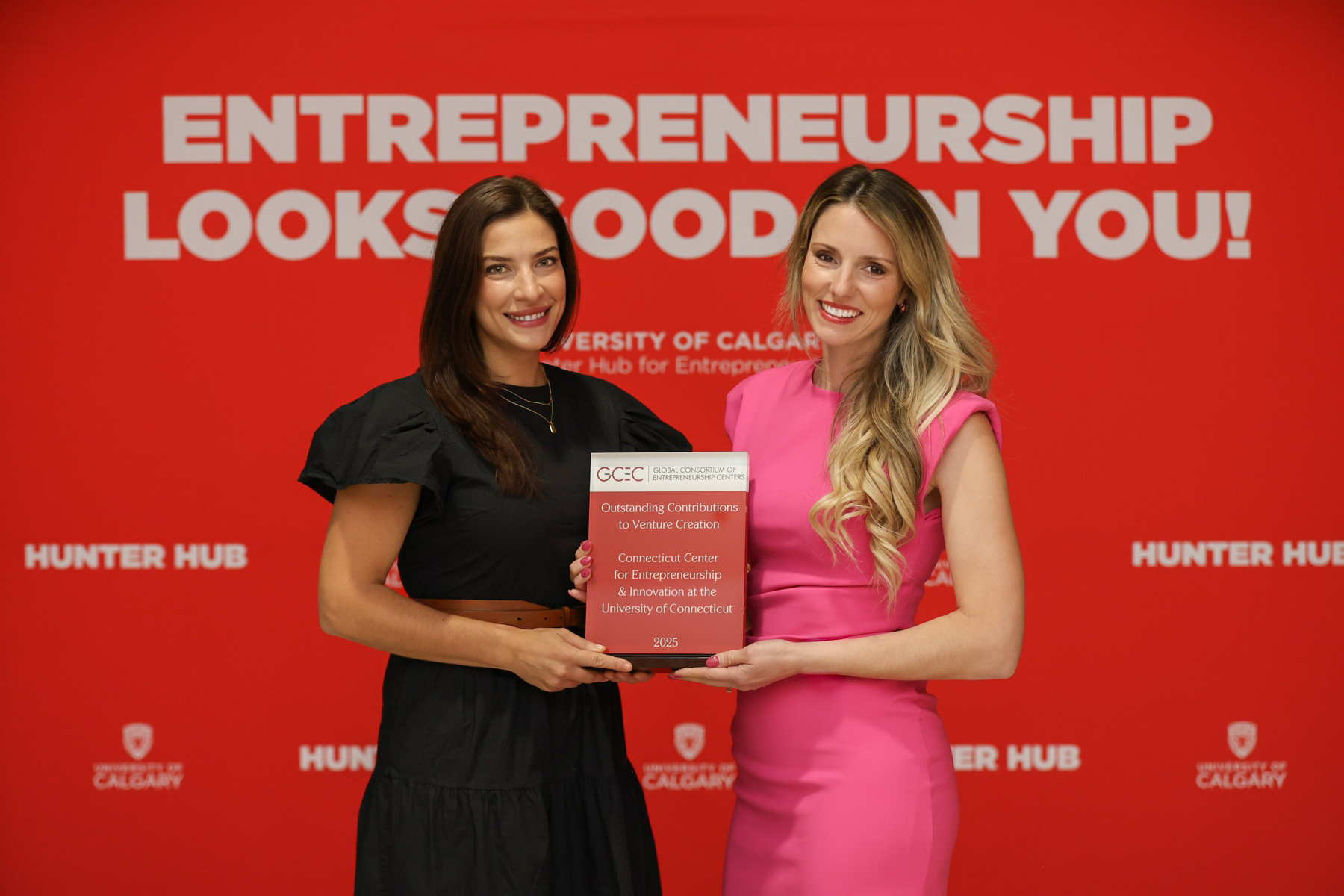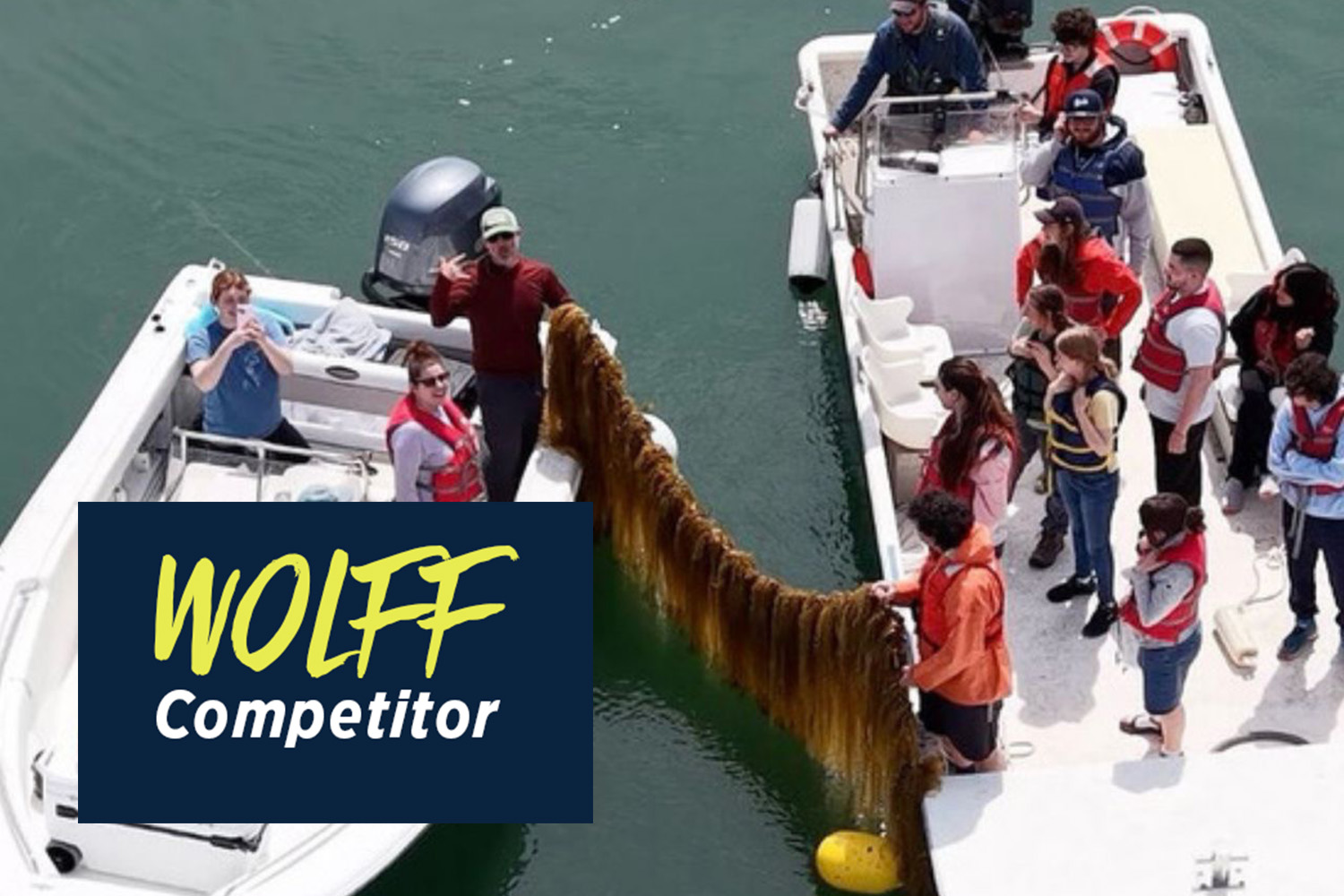This article was first published in the Spring 2014 print edition of UConn Magazine. To access more stories like this, visit s.uconn.edu/spring 14 or download UConn Magazine’s free app for tablet devices.
It was 1933 when UConn students so insightfully designated the husky as the symbol of strength, grit, and resolve that has come to define the true spirit of the University. In this special feature, UConn Magazine invited 11 proud UConn alumni to speak out about what defines them, from their darkest struggles to their greatest triumphs. And no matter how different their backgrounds, their hardships, or the mistakes they may have made along the way, that same enduring strength and indomitable spirit remains, living on at the heart of every Husky.
When a 2005 diving accident left Joseph Zinski ’10 (ENG) without the use of his limbs, the honors student and longtime athlete did what he always does when faced with a problem – he solved it.
After months of grueling rehabilitation, he regained enough hand function to perform daily tasks. It was all he needed. While his physical body had its limitations, Zinski’s intellectual abilities – and his intense inner drive to succeed – never wavered.
Ignoring his doctors’ advice that returning to classes at UConn would be too difficult, Zinski resumed classes as soon as he could. Rather than letting the accident distract him, he says, it only fueled his desire for knowledge. He added a molecular and cell biology minor when he returned to Storrs, where his primary focus was chemical engineering. He was particularly intrigued by a branch of molecular and cell biology and stem cell research that might someday help individuals with cancer, osteoporosis, and cystic fibrosis.
“I love problem solving,” says Zinski. “I love to focus single-mindedly on a problem, totally immersing myself and focusing every waking thought on it until I feel it has been solved.”
Those who know him are not surprised by his ability to overcome obstacles. Tenacity is part of his nature.
“I do my very best to separate in my mind the things that I can control from the things I cannot,” he says. “Nothing will get any better if you do nothing. Make a goal, draw a path, and start with what you can do.”
Zinski’s academic prowess helped him secure a Northeast Utilities scholarship that provided the important financial support he needed to continue his studies as he dealt with mounting medical bills. A member of UConn’s Honors Program, Zinski immersed himself in research, eventually obtaining a UConn Summer Undergraduate Research Fund (SURF) grant, a coveted internship at the Harvard Stem Cell Institute, and a National Science Foundation Fellowship that continues to fund his research today. He graduated magna cum laude with a degree in chemical engineering and minor in molecular and cell biology in 2010, and is currently pursuing a Ph.D. in developmental and cell biology at the University of Pennsylvania.
Zinski admits that the first few years after the injury were not easy. His perspective helped him through.
Nothing will get any better if you do nothing. —Joseph Zinski ’10 (ENG)
“I tend to live in the present and immediate future,” he says. “I am consumed by the moment and by my to-do list. I find fulfillment in overcoming each little challenge presented by my work and life. I got into the habit of living day by day those first few years following my injury, when the future was uncertain at best and the present was hard. … My body was no longer mine to control, and figuring out how to function with this injury is not easy. To prevent myself from becoming overwhelmed, I broke life down into small chunks and focused on the tasks at hand each day. It allowed me to feel like I was always moving forward, even when the steps were too small to even register in the grand scheme of things.”

Zinski is quick to acknowledge the many individuals – doctors, nurses, friends, and family – who have done so much to help him heal. He feels it is his duty to give back as best his abilities will allow. His quest to repay what he has been given ultimately led him to Mary Mullins’ laboratory at the Perelman School of Medicine at the University of Pennsylvania. Mullins, a professor of cell and developmental biology, studies the molecular mechanisms by which bone morphogenetic proteins (BMPs) influence cell differentiation, vertebrate development, and disease. Increasing our understanding of how these molecular mechanisms work could lead to new treatments for osteoporosis, renal fibrosis, hypertension, and cancer.
As part of his Ph.D. thesis, Zinski is exploring these BMP signaling mechanisms as they apply to the development of zebrafish, an organism with developmental properties and genetic similarities to humans. He immerses himself in his work and is always aware of his good fortune.
“I am grateful every day for my family and the individuals who have devoted their lives to helping people with spinal cord injuries,” Zinski says. “This injury is catastrophic. If you can donate to organizations that help those who have been injured, do it. If you know someone who has been injured, offer to help. But most of all, contract your congressman or congresswomen and advocate for increased biomedical research. There are dedicated researchers such as Dr. Wise Young at Rutgers and many more at the Miami Project [to Cure Paralysis] who have made it their life’s work to pursue a cure. However, government funding is as low as it has been in decades. Without funding, this injury will continue to have no cure, and those with it will continue to suffer.”
Learn more about Wise Young’s work and the Spinal Cord Injury Project at the W.M. Keck Center, which pursues cutting-edge research focused in part on finding a cure for spinal cord injuries. Or, for more information about the Miami Project to Cure Paralysis, visit miamiproject.miami.edu/.














